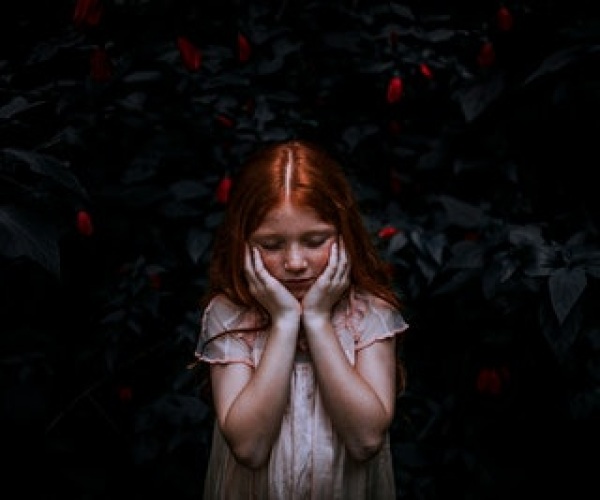Understanding child anxiety

What is anxiety?
Anxiety is a normal part of living. Anxiety is part of our survival instinct and it kicks in when we feel that we are under threat. When under the threat our amygdala fires up and prepares our body to survive the danger ahead.
The trouble with anxiety is that the perceived danger often is not dangerous at all. For a child it could be attending a birthday party, telling news in front of the class or playing at a friends home without your parents staying with you. The brain is unable to distinguish these innocuous events from true dangers such as an aggressive dog, an armed robbery or medical emergency.
Anxiety can be very helpful, but when it takes over and acts on false alarms, it can also cause great suffering. Up to 7 in every 100 children experience an anxiety disorder.
What causes anxiety in children?
Some people are more prone to developing anxiety disorders and it can run in families. However, there are also environmental factors that may influence anxiety such as stress, trauma, parenting style and individual coping approach of the child.
How can I tell if my child has anxiety?
As stated, anxiety is a normal part of living. However, is your child’s anxiety is preventing them from participating in their life, then it requires specialist attention.
Monitor your child and ask yourself:
- Is this out of proportion to how other children feel in this situation?
- Is this interfering with my child’s ability to participate in their daily activities?
- Is the anxiety out of proportion to issue at hand?
- Does the anxiety appear to be growing?
Symptoms to be on the lookout for include:
| – Seeking reassurance | – Clinginess | – Avoidance |
| – Dependency | – Many worries | – Physical pains with no cause |
| – Sleep difficulties | – Tantrums | – Negativity |
Common types of Anxiety in Children
Anxiety can take many forms. Some of the most common ones include:
Phobias – is diagnosed when particular objects, situations or events such as injections, spiders or heights bring about intense fear and avoidance, even though the real threat of harm is small.
Social Anxiety – refers to extreme levels of shyness and fears of being seen in a negative light.
Generalised Anxiety – is diagnosed when kids have excessive and unrealistic worries about a broad range of possibilities. This is generally characterised by questions that start with ‘what if…’
Separation Anxiety – relates to children’s fear and distress at being away from their main care givers.
How to Help
Children with anxiety need to address the factors that are maintaining their anxiety. Typically this will be:
– Avoidance behaviours
– Reassurance seeking behaviours
– Safety behaviours
But before addressing these things, children will need skills to build their confidence in their ability to cope with fearful situations.
It is suggested that the following are targeted:
- Ensure you and your child understand anxiety and what makes it grow and shrink
- Develop a range of coping tools such as breathing, helpful self-talk and problem solving
- Build resilience skills
- Make sure your own actions or anxiety are not contributing to the problem
- Seek help from a psychologist if the problem persists
Remember, the goal is not to eliminate anxiety. It is to give children the tools to cope with something that is a normal part of living.